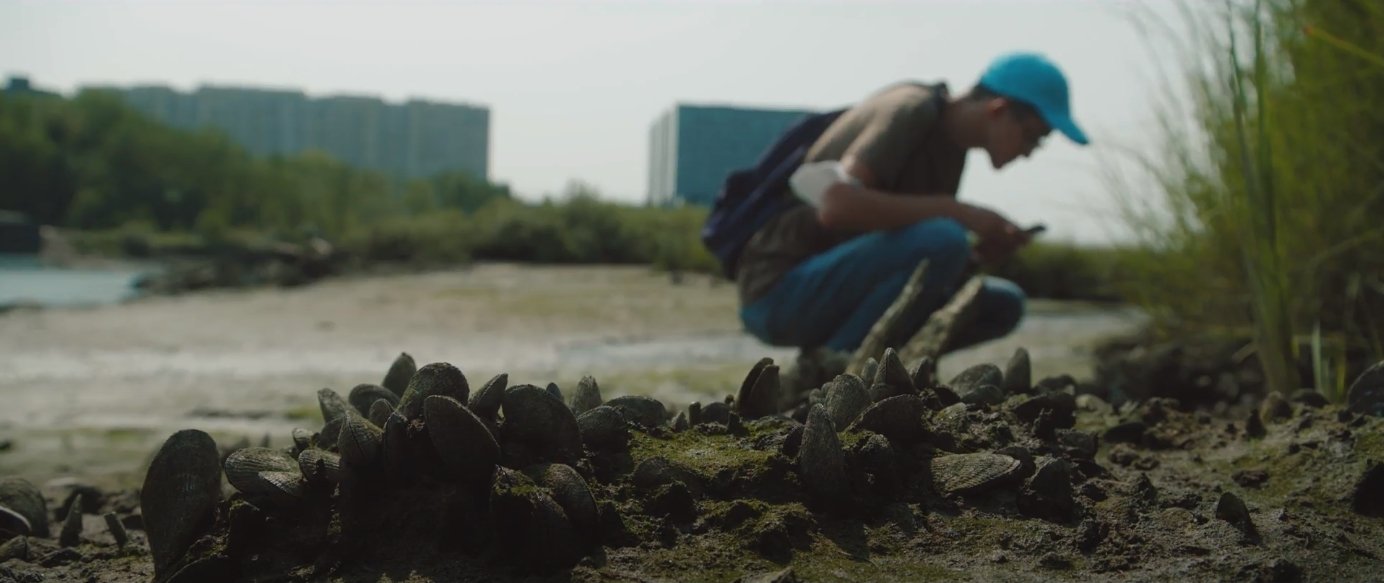
Ecology Mapping
Using ecology mapping or species identification tours as an organizing tool, GoFB calls attention to the relationship between residential displacement and threatened wetland ecologies.
Our Tours
Beginning in February 2021, GoFB, Flushing Anti-Displacement Alliance (FADA), and the Urban Studies Department at Queens College organized monthly tours to identify and document Flushing Creek species. Our tours take place at the Flushing Terminal Forest on the east of Flushing Creek and the restored wetlands on the west side of the creek. Participants engage in community science by using iNaturalist to catalogue species as part of the “Biodiversity of the Flushing Creek Estuary” project.
Through our tours, we are able to highlight the area’s existing and robust ecology—ecology that will be impacted by approved and proposed shoreline development—while also bringing attention to luxury developments slated for the waterfront. Our species identification tour guides you through the Special Flushing Waterfront District (SFWD), a development project that will add over 1,000 sewage connections to an overburdened Flushing Creek, which receives over 1 billion gallons of raw sewage and polluted stormwater every year.
In addition to further polluting the water, the private luxury development would create economic barriers to waterfront access and will destroy at 40-year old forest, which would have vast impacts on the 13-year old wetland on the opposite bank.
Our Impacts
Our initiative to spotlight the effects of shoreline development on local ecology has a threefold impact:
Bolsters the community-driven fight against residential displacement by revealing its relationship with threatened ecologies
Brings attention to the non-human life that will be impacted by increased waterfront development
Fosters new connections between local residents and local ecology
Mapping
Working with students from Queens College, we used data from iNaturalist to create a storymap that highlights the diverse and multitudinous species that live on the Flushing Creek wetland and Flushing Terminal Forest. From horseshoe crabs to herons and thousands of mussels, Flushing Creek is teeming with life.
Ecology Mapping Impacts So Far

Map With Us
Want to learn more about the ecology and ongoing developments in our
Flushing Waterways communities? Stay updated on future tours by
joining our mailing list or by following us on social media.
If you would like to schedule a private species identification tour, contact our
Community Stewardship Coordinator at rwu@guardiansofflushingbay.org.
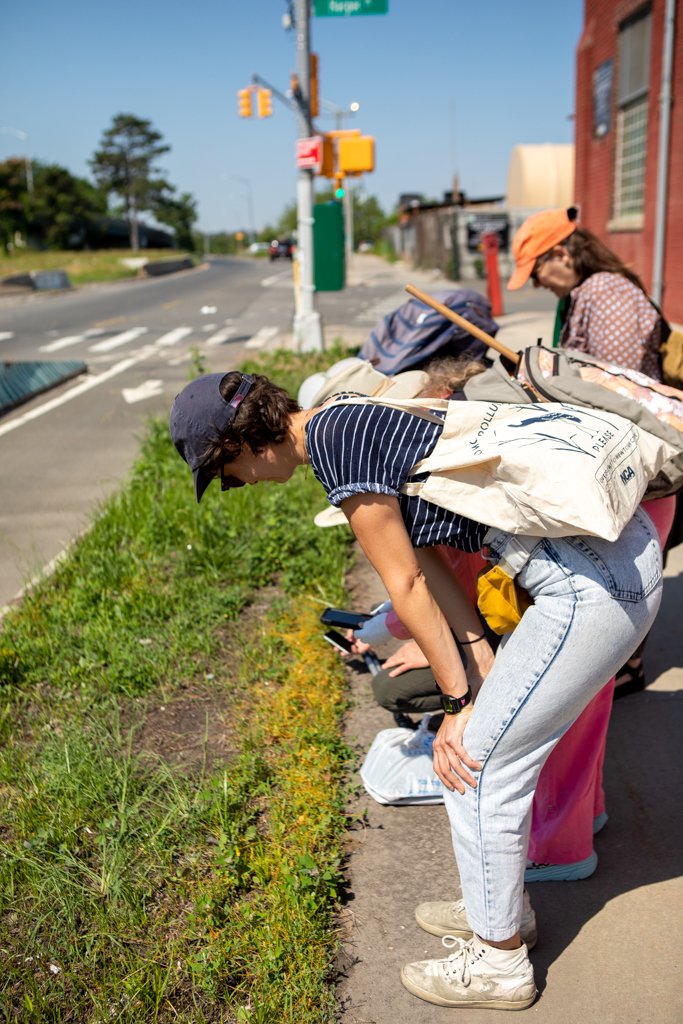
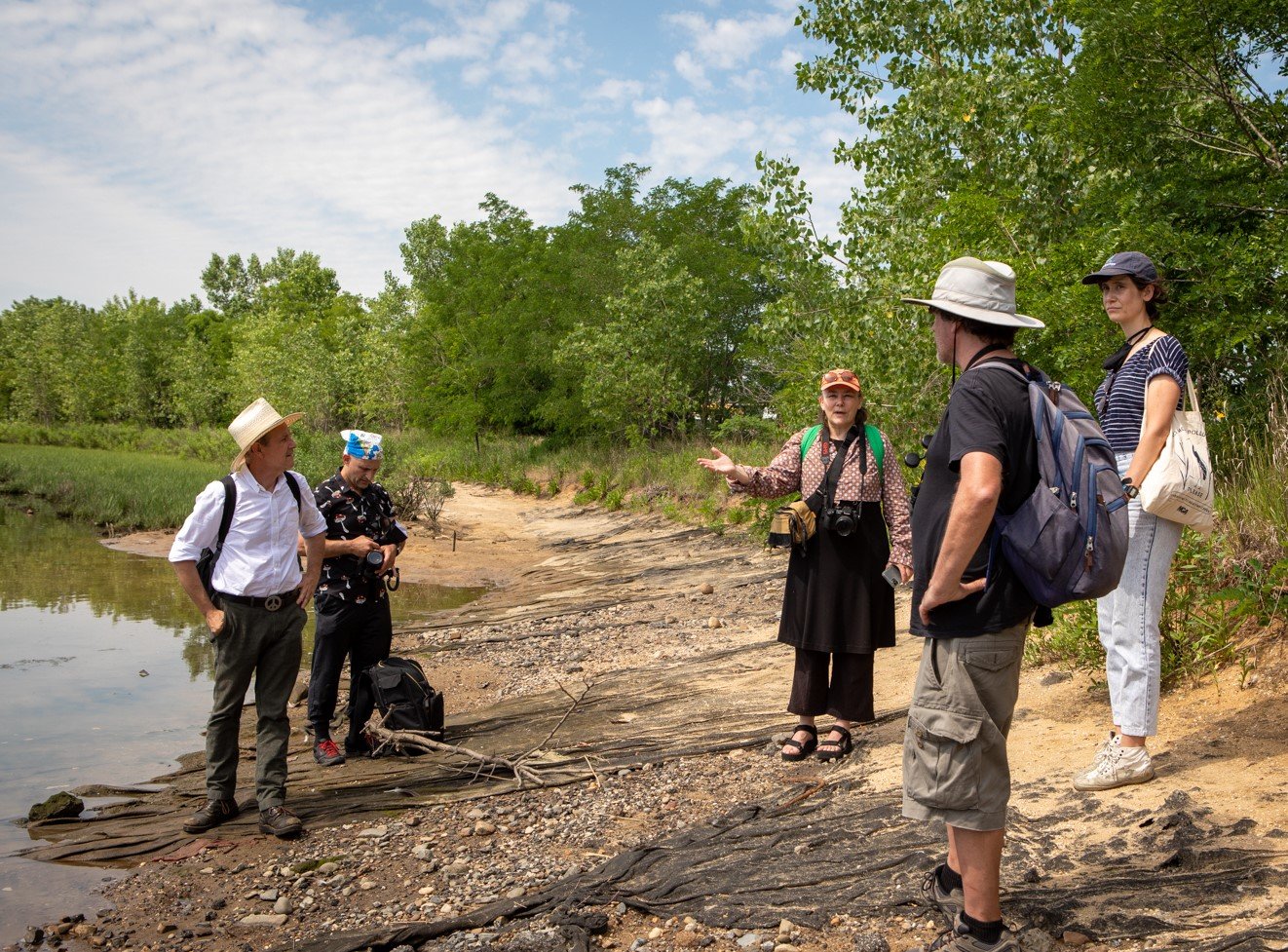
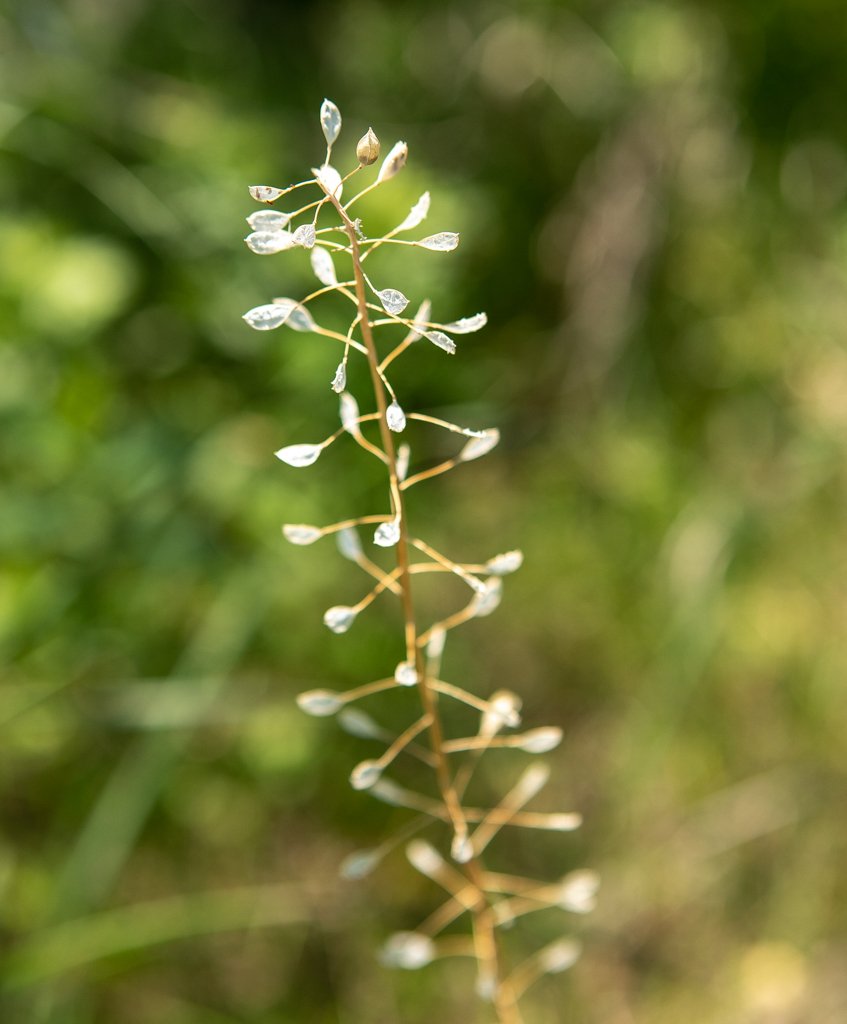
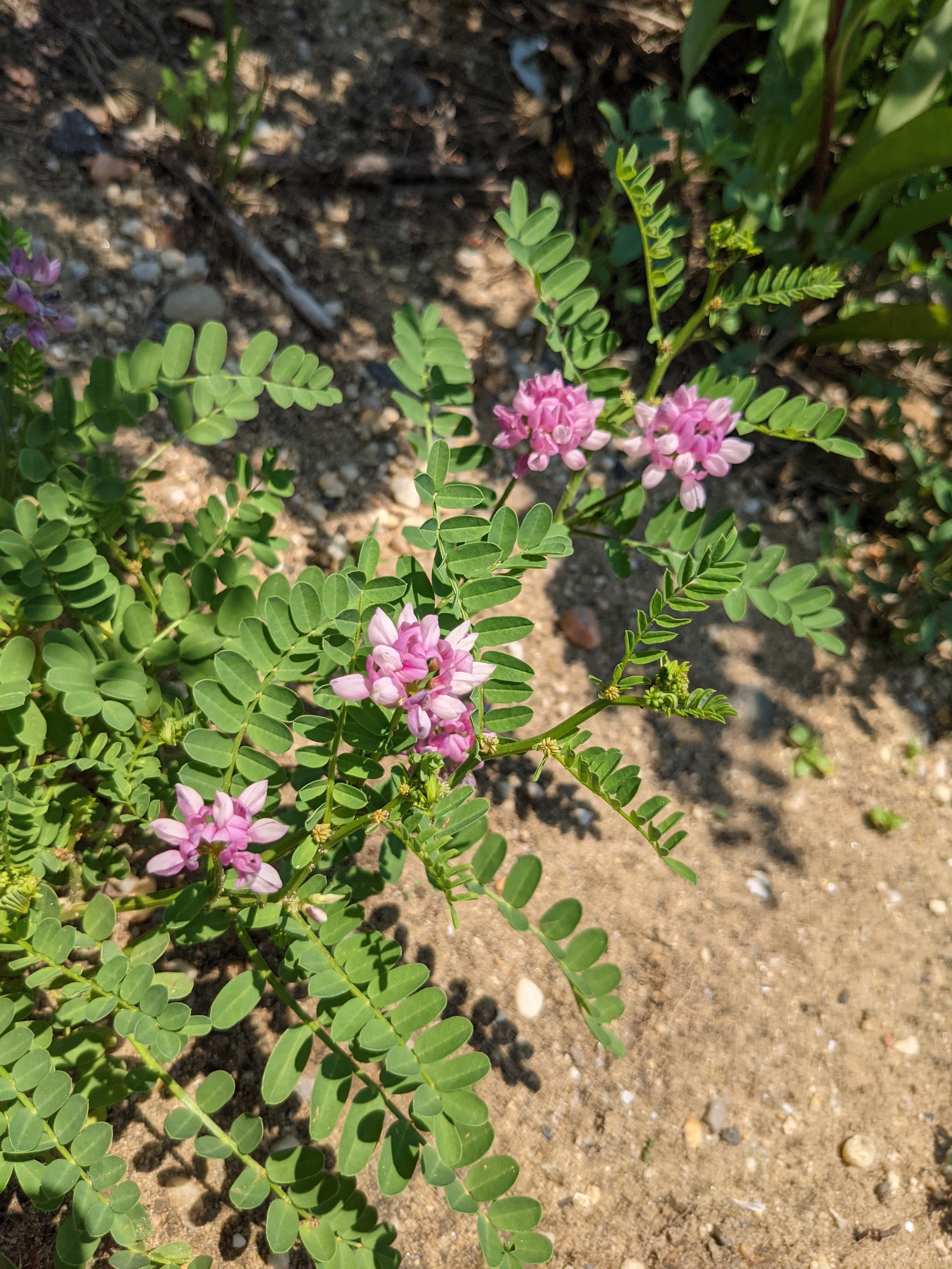

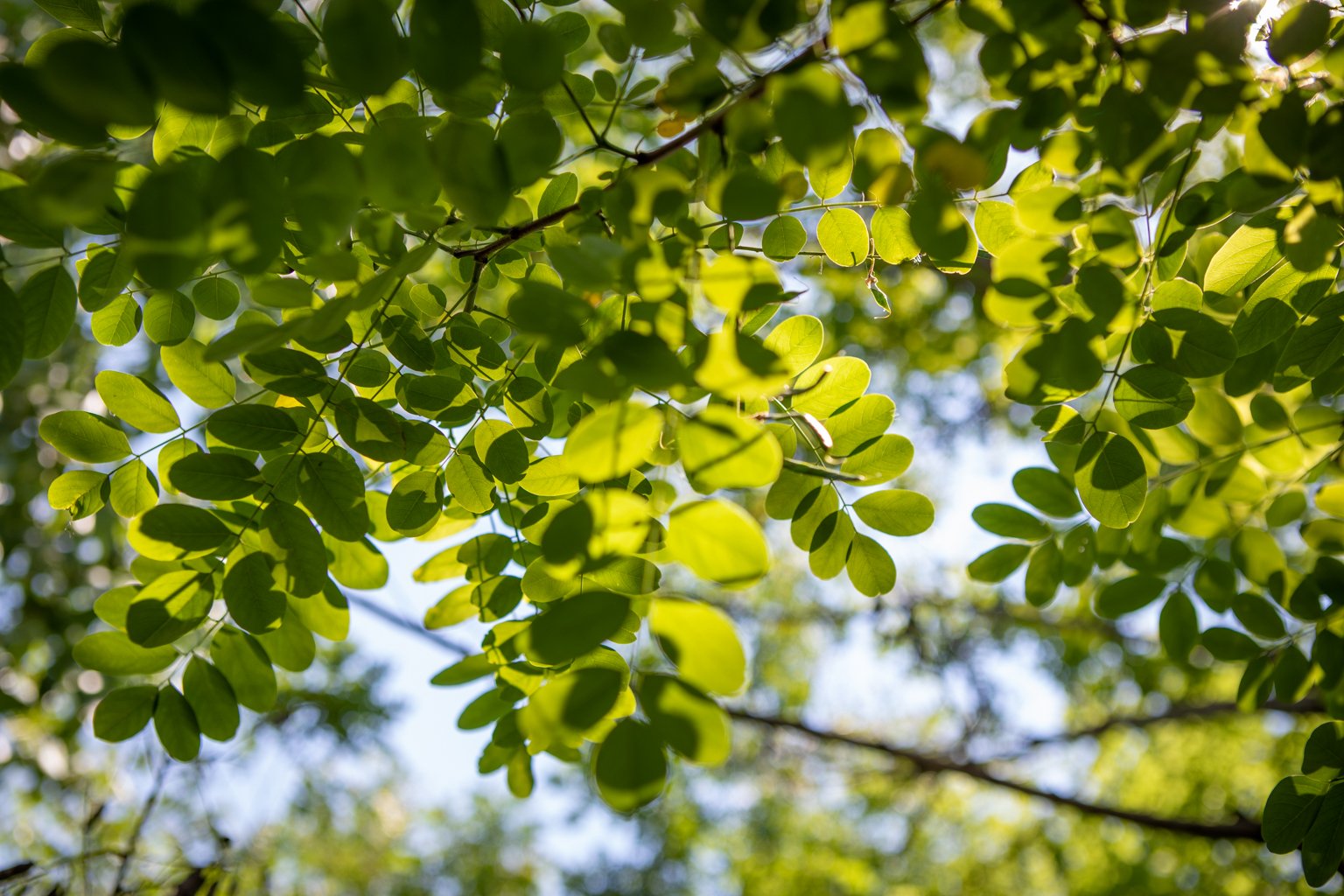
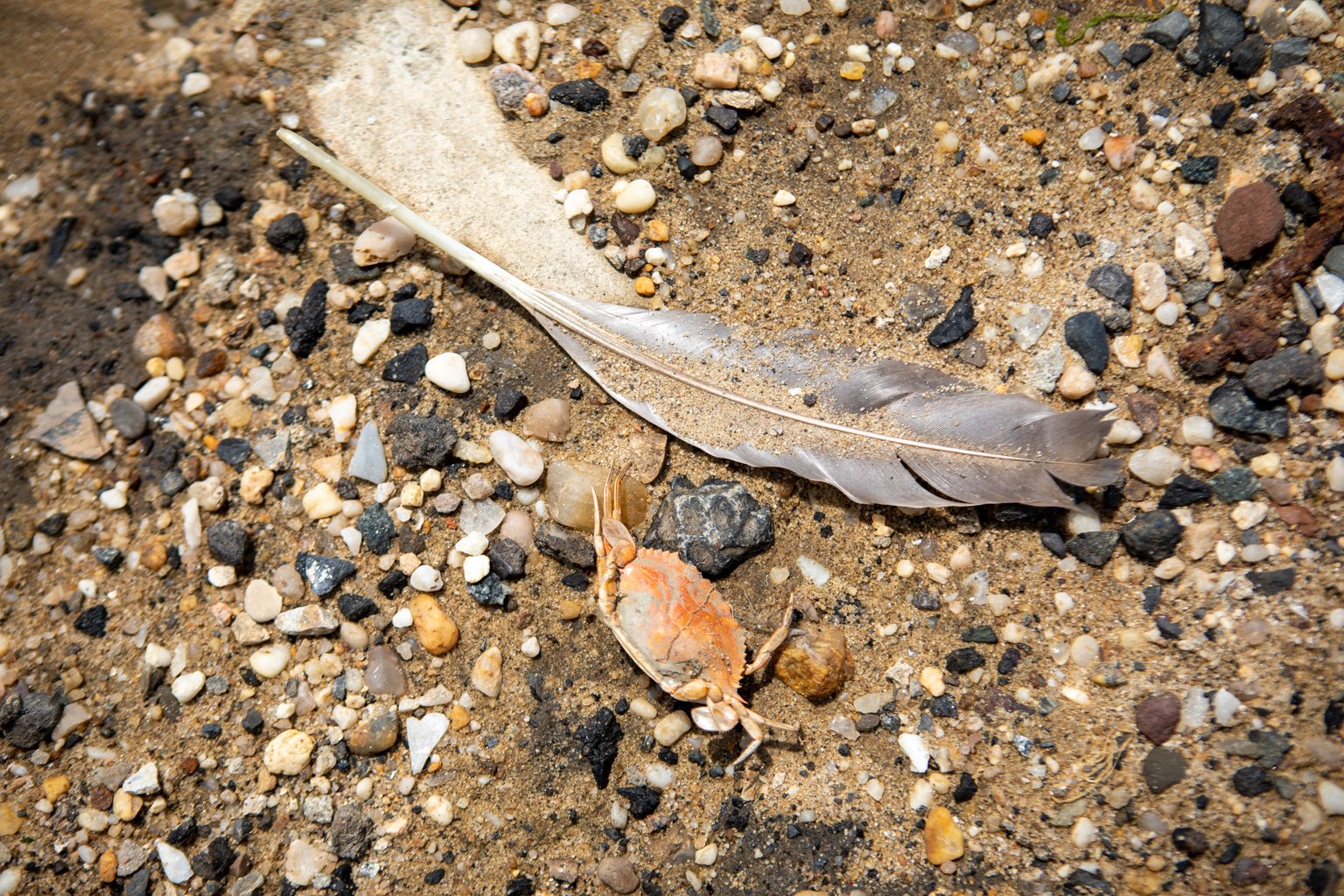


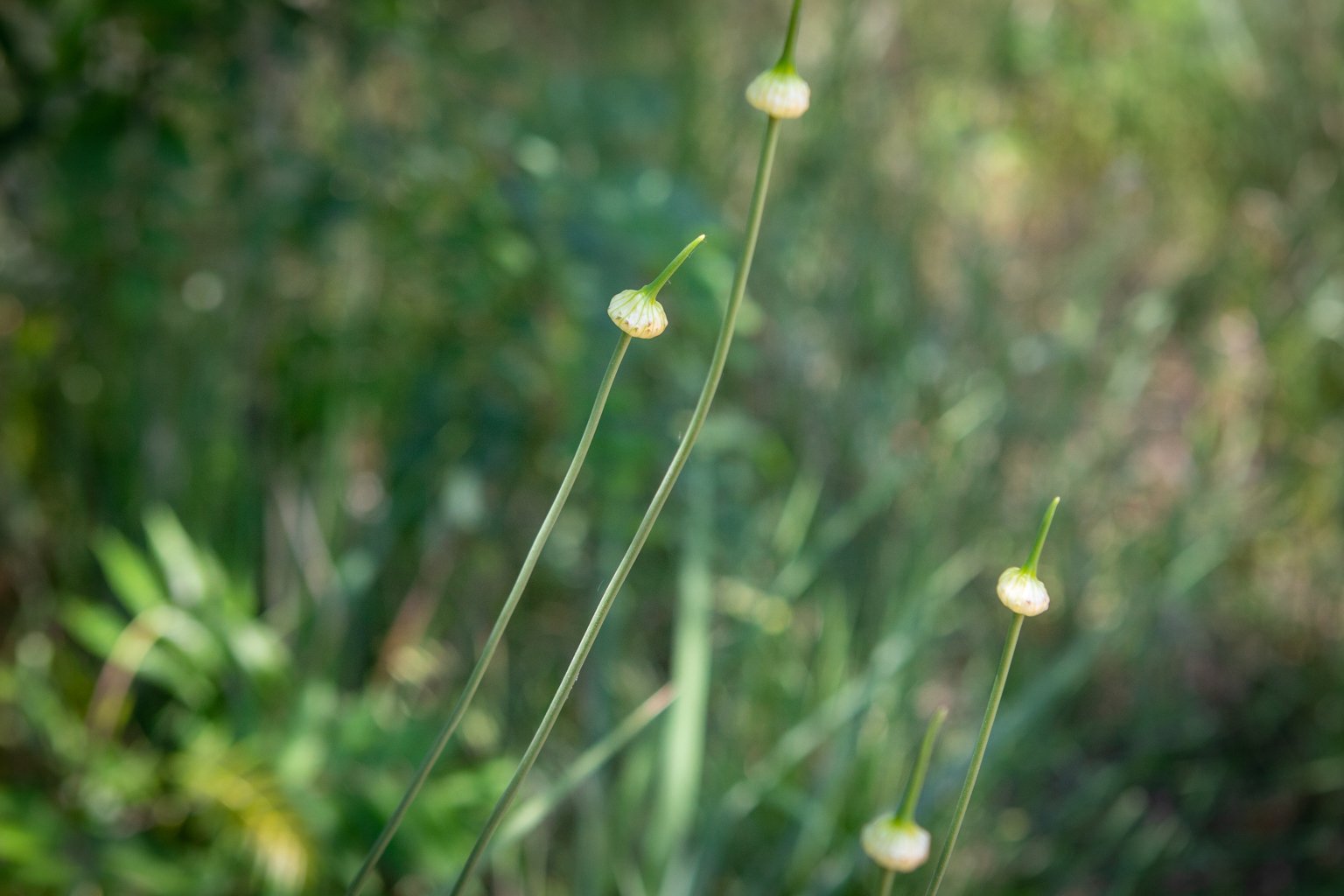
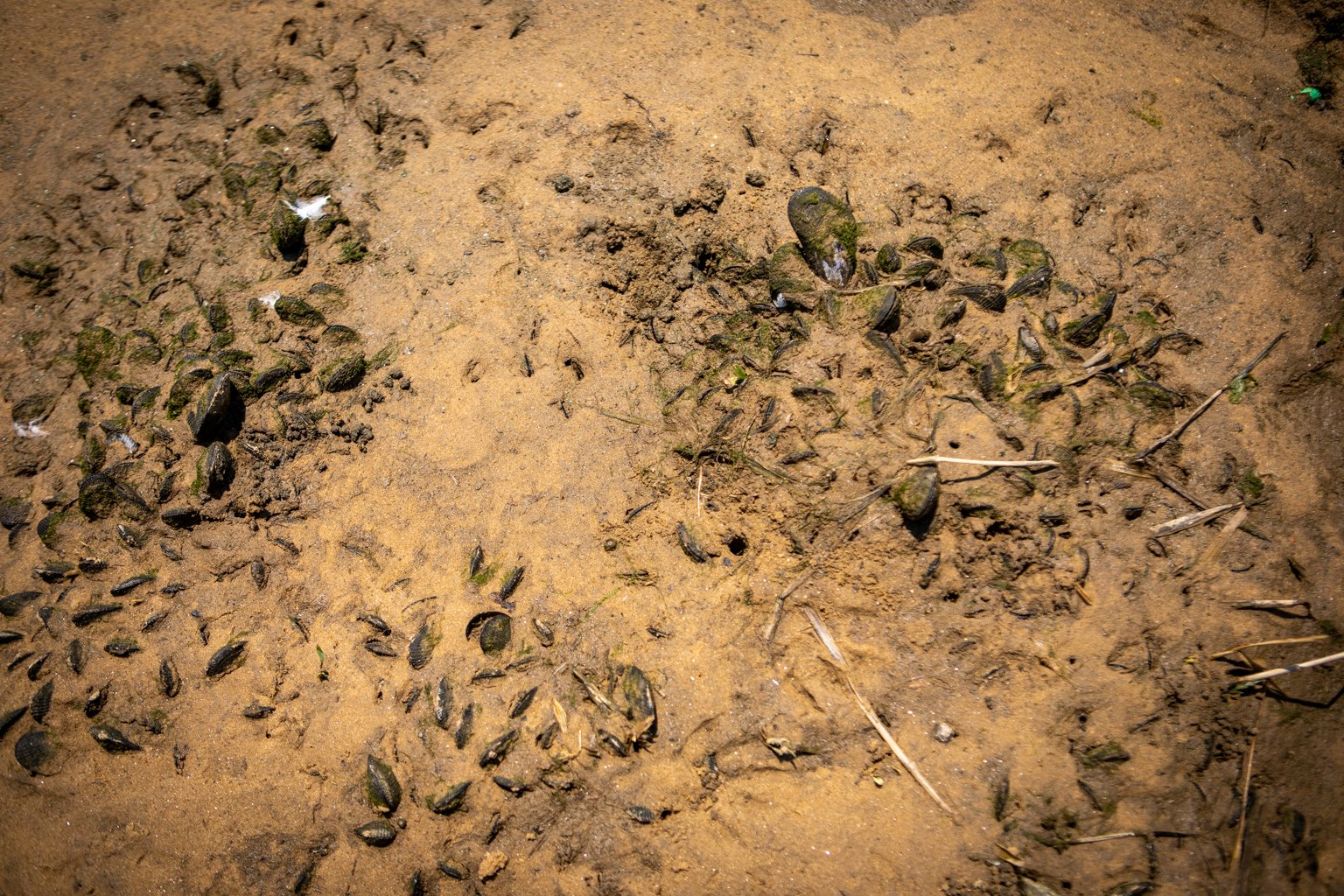

Photo Credits: Madeleine Pryor, Walter Wlodarczyk, and Rachel Wu



